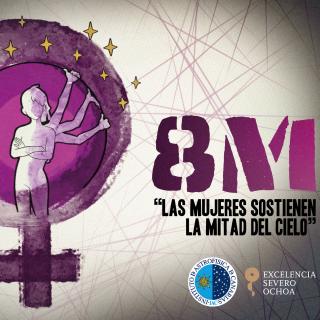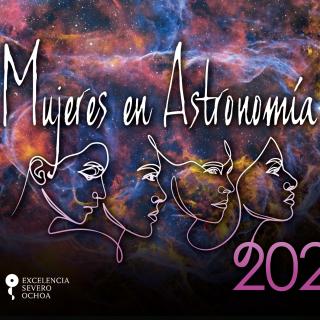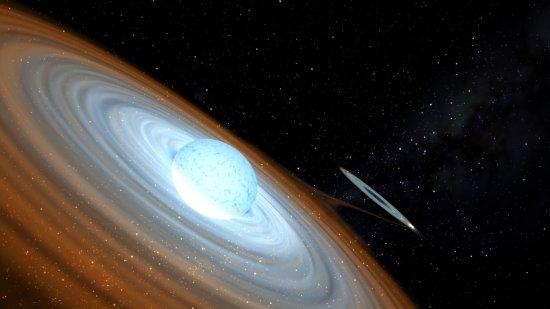It may interest you
-
 The Instituto de Astrofísica de Canarias (IAC) is strengthening its commitment to Equality and, to coincide with the commemoration of March 8th, International Women’s Day, is presenting its IV Plan for Equality. This document covers the active work within the IAC to support Equality and Fairness in the working and institutional environment, and proposes specific measures to ensure that both of these aims are achieved. The IAC has pioneered the introduction of policies of Equality in the field of science in Spain. Even before the approval of the Organic Law 3/2007 for the effective equalityAdvertised on
The Instituto de Astrofísica de Canarias (IAC) is strengthening its commitment to Equality and, to coincide with the commemoration of March 8th, International Women’s Day, is presenting its IV Plan for Equality. This document covers the active work within the IAC to support Equality and Fairness in the working and institutional environment, and proposes specific measures to ensure that both of these aims are achieved. The IAC has pioneered the introduction of policies of Equality in the field of science in Spain. Even before the approval of the Organic Law 3/2007 for the effective equalityAdvertised on -
 Omega Centauri is a large globular cluster, containing almost ten million stars, in the direction of the constellation of Centaurus, which has been studied to understand its stellar kinematics, the motions of its stars under the action of the gravitational forces which act on them. A research team at the Instituto de Astrofísica de Canarias (IAC) has just published a study which shows that a group of black holes dominates the movements of its stellar kinematics. This result can be extended to certain other structures in the universe and goes against some previous claims about the role of lowAdvertised on
Omega Centauri is a large globular cluster, containing almost ten million stars, in the direction of the constellation of Centaurus, which has been studied to understand its stellar kinematics, the motions of its stars under the action of the gravitational forces which act on them. A research team at the Instituto de Astrofísica de Canarias (IAC) has just published a study which shows that a group of black holes dominates the movements of its stellar kinematics. This result can be extended to certain other structures in the universe and goes against some previous claims about the role of lowAdvertised on -
 The project “ Habla con Ellas: Mujeres en Astronomía” (Talk to Them: Women in Astronomy) of the Instituto de Astrofísica de Canarias (IAC) begins today its seventh edition in Spain as part of the celebrations of the International Day of Women and Girls in Science. Aimed at the Spanish educational community, it seeks to create new professional role models in science and technology, as well as to inspire new generations, especially girls, to follow in their footsteps. In this edition, the project will feature 36 female astrophysicists, engineers and technologists from the IAC, the CanaryAdvertised on
The project “ Habla con Ellas: Mujeres en Astronomía” (Talk to Them: Women in Astronomy) of the Instituto de Astrofísica de Canarias (IAC) begins today its seventh edition in Spain as part of the celebrations of the International Day of Women and Girls in Science. Aimed at the Spanish educational community, it seeks to create new professional role models in science and technology, as well as to inspire new generations, especially girls, to follow in their footsteps. In this edition, the project will feature 36 female astrophysicists, engineers and technologists from the IAC, the CanaryAdvertised on
